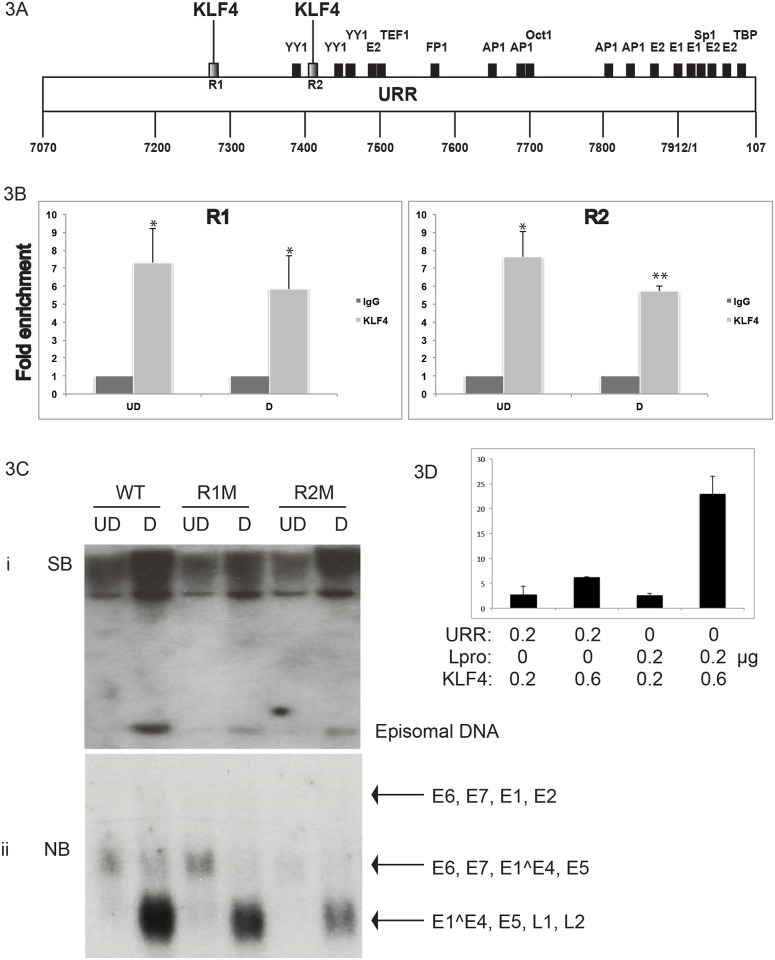Fig 3. KLF4 binds to the Upstream Regulatory Region (URR) of HPV-31 and activates viral promoter reporter constructs.
(3A). HPV-31 Upstream Regulatory Region is represented as a linear schematic with potential transcription factor binding sites marked in black rectangles. KLF4 consensus binding regions: region1 (R1) and region2 (R2) are marked as patterned black rectangles. (3B). The two KLF4 binding regions in the viral URR were analyzed for KLF4 binding in CIN-612 cells using Chromatin Immunoprecipitation (ChIP) assay. Binding of KLF4 to both URR regions was significantly enriched over IgG controls in both undifferentiated (UD) and differentiated (D) conditions (3B). p values: *<0.01, **<0.001. (3C). Single nucleotide changes were introduced into the whole HPV-31 genome, HFKs transfected with wildtype and mutant genomes and stable cell lines selected. The stably transfected cells were designated as R1M (region 1 of URR) and R2M (region 2 of URR). (i) Both R1M and R2M cells displayed impaired viral DNA amplification upon differentiation compared to the wild type cells as shown by Southern blot analysis. (ii) Both mutants produced significantly reduced late transcripts upon differentiation compared to the wild type cells as shown in the northern blot. (3D). KLF4 expression plasmid was co-transfected with either URR- or Lpro- (late promoter) luciferase reporter plasmids into 293T cells, and relative luciferase activities were measured. KLF4 activated luciferase activity of both URR and Lpro constructs at both low and high concentrations.

